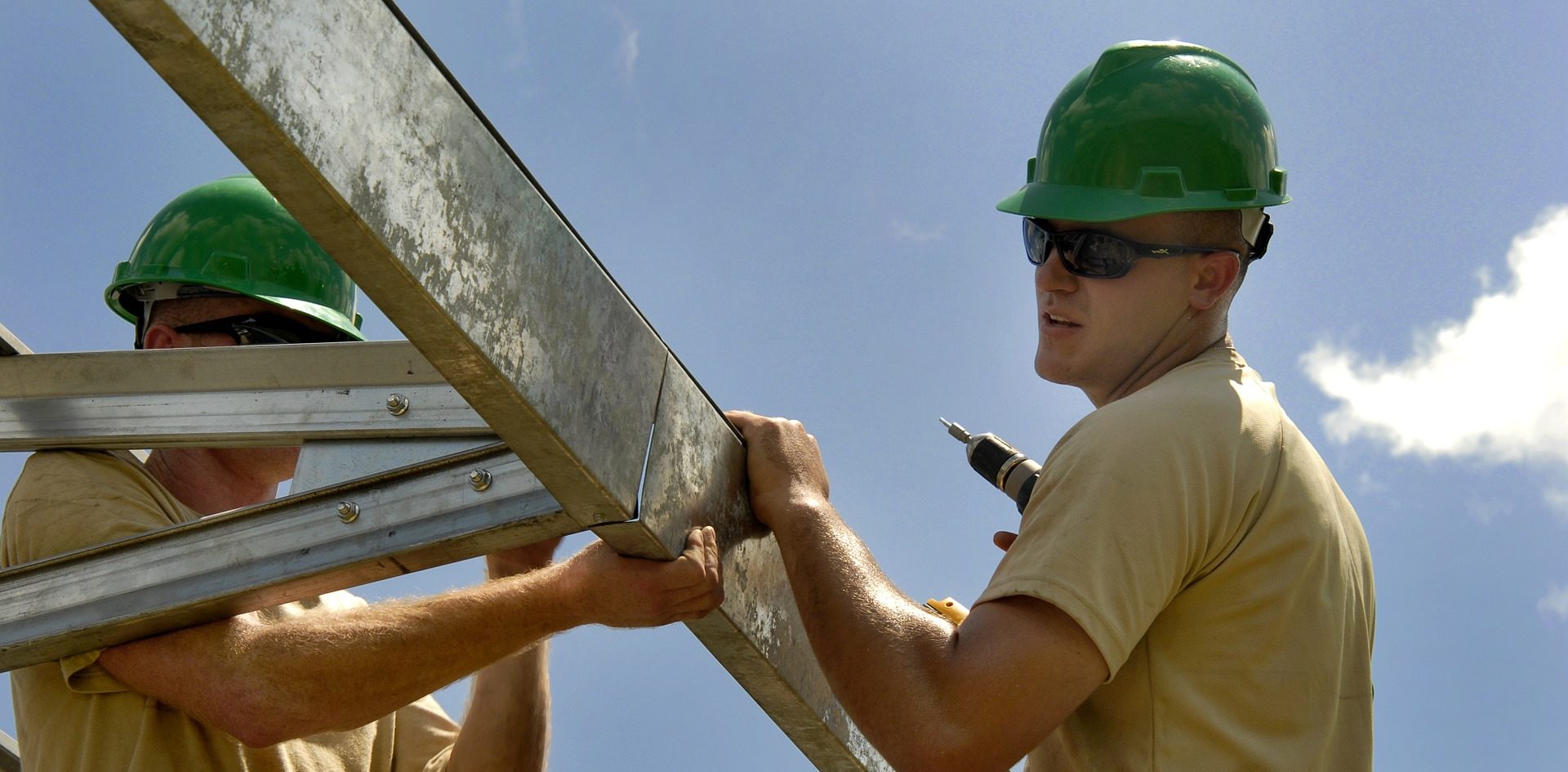New App Brings Virtual Reality to Fall Protection Training

The American Society of Safety Professionals has launched a new virtual reality app designed to make it easier and safer for workers to learn fall protection best practices.
The new ASSP VR Fall Protection Experience enables workers to train in settings that mirror actual environments without the dangers that come with high-risk tasks.
Fall protection was the most frequently cited OSHA violation in 2017, and falls accounted for 38% of all construction deaths in 2016.
The benefits of virtual reality training include realistic exercises when hands-on experiences aren’t feasible, reduced cost of training workforces of any size, and consistent training for each worker regardless of the location or trainer.
“Virtual reality is an innovative tool that enables a worker to be trained and evaluated without ever putting that employee in a precarious position,” said Keisha Raines, manager of online learning at ASSP, in a news release.
“Studies have shown that the closer you can replicate reality in your training environment, the more the training experience will stick.”
What Trainees Experience
Preventing injuries and fatalities caused by jobs at height is the main objective of the new app, which focuses on hazard identification and building a fall protection system. It follows the ANSI/ASSP Z359 Fall Protection and Fall Restraint standards.
The app provides an immersive 3–5 minute experience in which users wear a headset and enter a virtual environment to learn how to operate safely when working above ground. They navigate the roof of a two-story building and identify common fall hazards.
“We created a good cross-section of hazards that users might see when working at height,” said Thomas Kramer, P.E., CSP, vice chair of the ANSI Z359 Accredited Standards Committee and fall protection subject matter expert for the app.
“Whether a user is construction-focused or maintenance-focused, the app helps them be aware of hazards that are not necessarily obvious.”
Fall protection is a system that needs to be designed rather than just a piece of equipment that will keep you safe.
Users choose between four anchor points, three harnesses, and three lanyards, selecting and inspecting the equipment that provides the safest level of fall protection for the job at hand.
After building the fall protection system, users get to see it in action on their coworker, learning about the anchorage strength, equipment limitations, and fall clearance.
Once done, each user’s performance is assessed.
"The app demonstrates that fall protection is a system that needs to be designed rather than just a piece of equipment that will keep you safe," Kramer said.
"It impresses upon the user the seriousness of these life and death decisions and allows them to fail safely."
Register today for CBIA's New OSHA Silica & Beryllium Standards workshop, Sept. 12, 2018, from 8:30 to 11:30 a.m. at the CBIA Conference Center in Hartford. And don't miss the OSHA 10-Hour for General Industry Outreach program, October 16–17, also at the CBIA Conference Center in Hartford.
RELATED
EXPLORE BY CATEGORY
Stay Connected with CBIA News Digests
The latest news and information delivered directly to your inbox.


